It looks like you're using an Ad Blocker.
Please white-list or disable AboveTopSecret.com in your ad-blocking tool.
Thank you.
Some features of ATS will be disabled while you continue to use an ad-blocker.
18
share:
Looking at Hubble images never gets old. The sheer size and scope of the universe Hubble has helped to reveal is awe inspiring and humbling. I can't
wait to see what the James Webb reveals to us. (if it ever launches)
NASA
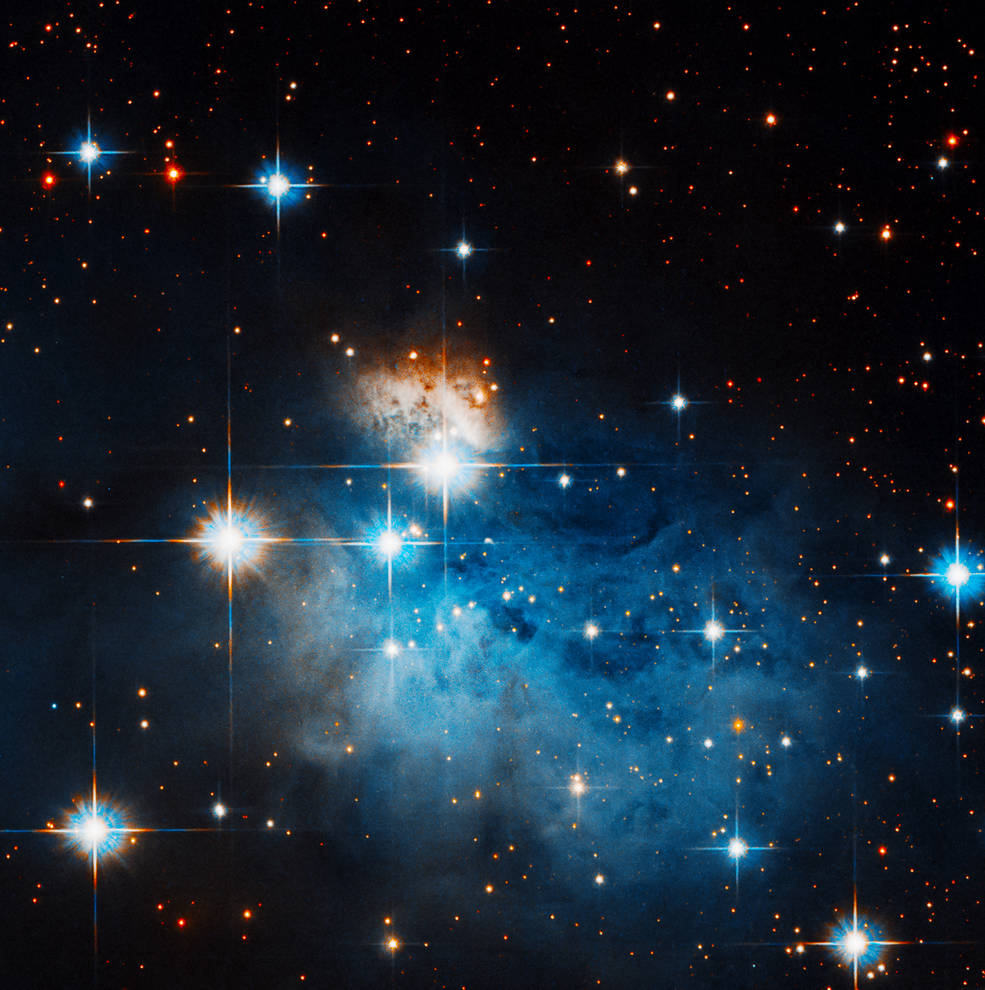
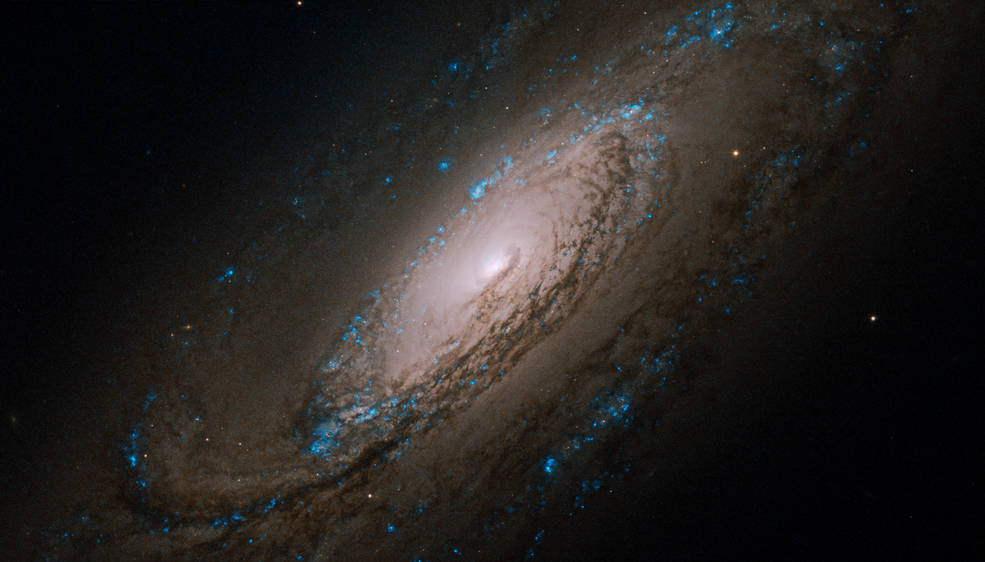
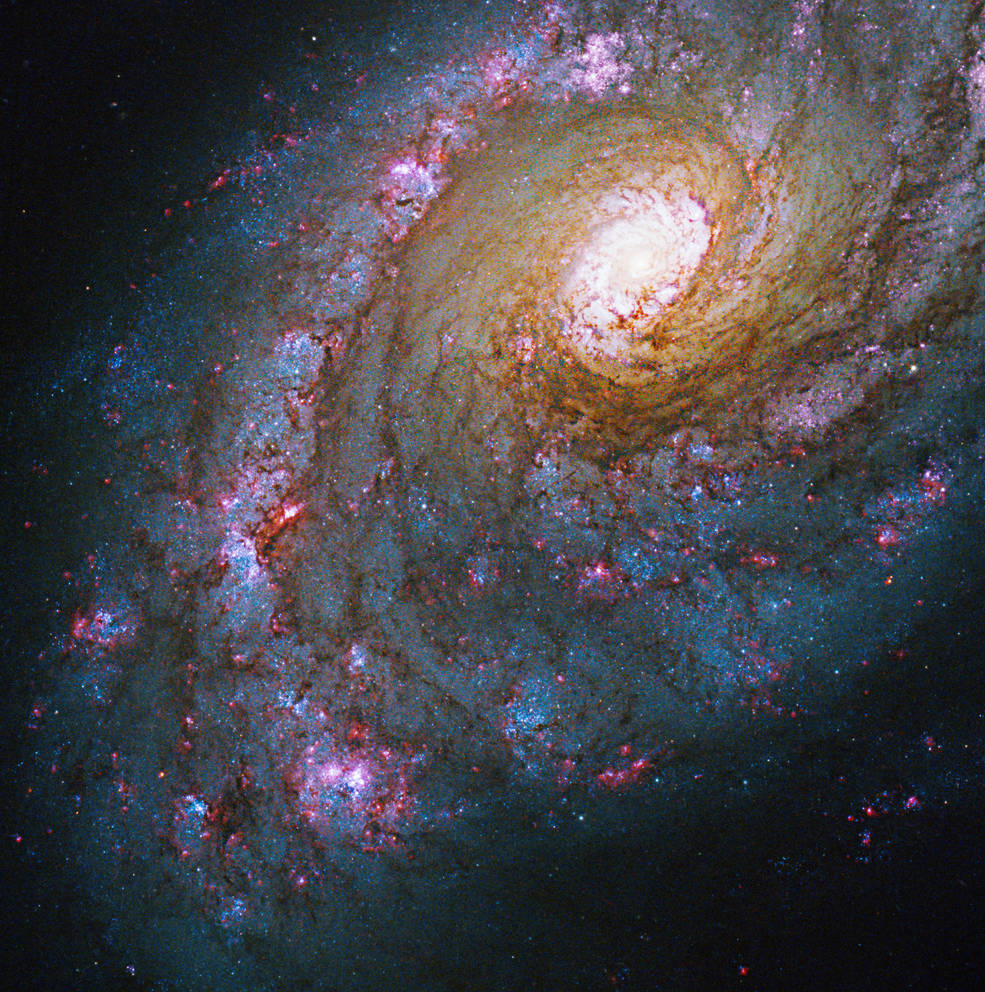
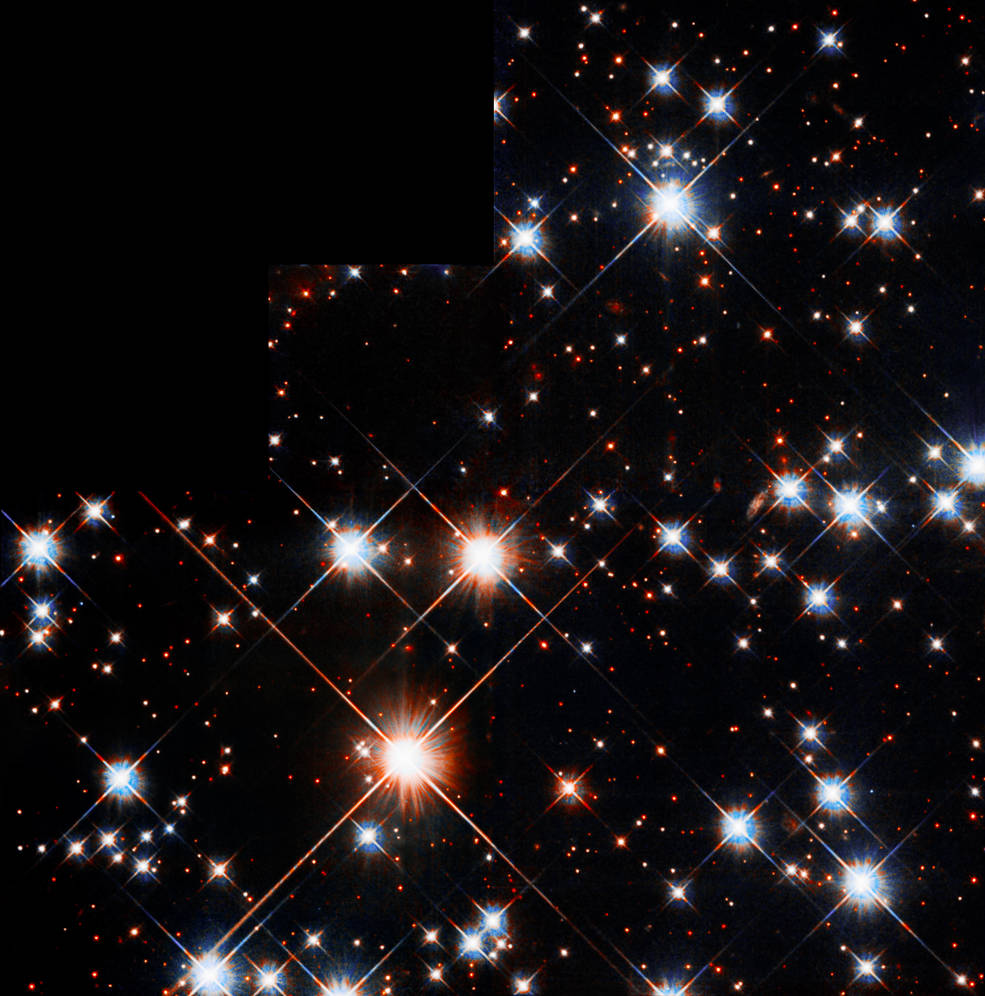
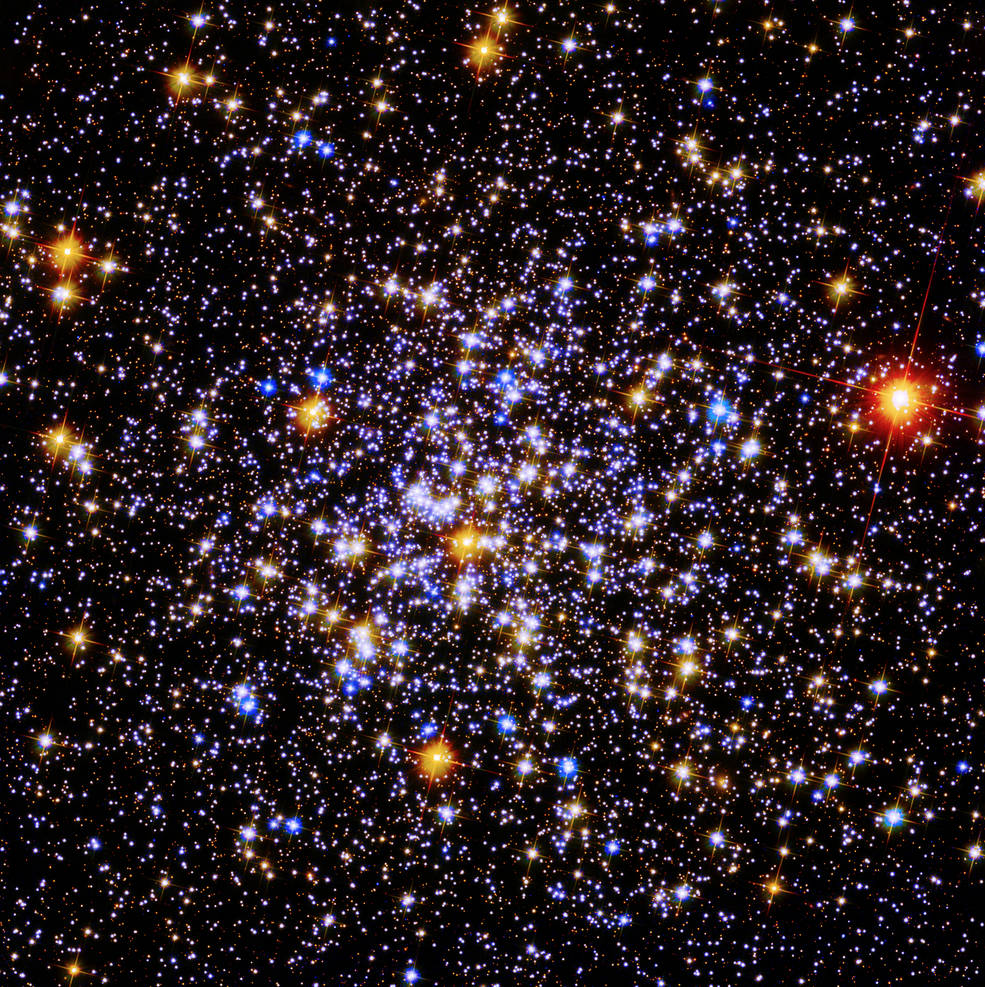
You can find the rest of the 30 images HERE
The Hubble Space Telescope turned 30 this year, and for the occasion, it’s sharing a present with you. NASA has just released dozens of newly processed Hubble images featuring 30 dazzling galaxies, sparkling star clusters, and ethereal nebulae.
And there’s something extra special about these 30 celestial gems: All of them can be seen through backyard telescopes. Some of them can also be spotted with binoculars or even the naked eye.
NASA
This stunning image captures a small region on the edge of the inky Coalsack Nebula, or Caldwell 99. Caldwell 99 is a dark nebula — a dense cloud of interstellar dust that completely blocks out visible wavelengths of light from objects behind it.

Caldwell 29, also known as NGC 5005, is a spiral galaxy that likely harbors a supermassive black hole at its heart. The galaxy has a feature called a low-ionization nuclear emission-line region (LINER) nucleus, which means the gas at the center of the galaxy is emitting light at certain wavelengths that indicates a source of energy is removing electrons from the atoms in the gas (“ionizing” it).

Caldwell 45, or NGC 5248, is a spiral galaxy located in the constellation Boötes, and it is notable for the ring structure around its nucleus. These nuclear rings are characterized by “hot spots” of starburst activity.

Caldwell 71, or NGC 2477, is an open star cluster. Open clusters are loosely bound collections of stars. However, Caldwell 71 is relatively compact and strikingly spherical, so it is easily mistaken for a globular cluster. It is located roughly 4,000 light-years from Earth in the constellation Puppis.

Caldwell 81, or NGC 6352, is a loose globular star cluster located roughly 20,000 light-years from Earth. This cluster is located in the constellation Ara and was discovered in 1826 by Scottish astronomer James Dunlop while he lived in Australia. With an apparent magnitude of 7.8, Caldwell 81 can be found with a small telescope.

You can find the rest of the 30 images HERE
a reply to: FauxMulder
Beautiful photos.
Hopefully webb will actually get launched so it can replace Hubble.
It's supposed to be a huge improvement over Hubble too so fingers crossed.
Beautiful photos.
Hopefully webb will actually get launched so it can replace Hubble.
It's supposed to be a huge improvement over Hubble too so fingers crossed.
Thank you for the post.
? sharing a present ?
are they normaly classified ?
they do need time to photo shop them.
but they are so big they could miss some thing.
like a um mars rocks....
? sharing a present ?
are they normaly classified ?
they do need time to photo shop them.
but they are so big they could miss some thing.
like a um mars rocks....
a reply to: buddha
No, the images from the HST are not classified, not in the normal way anyway. They are received by NASA on proprietary NASA equipment, and only NASA can perform this task. But the data received from the HST is available for processing by virtually anyone with the proper paperwork.
Yes, all images from Hubble are 'photoshopped' (sort of). Images from Hubble are received in monochrome greyscale. These images pass through a series of filters which filter out certain areas of the spectrum. They basically backward engineer every final photo by adding in color based on what each filter filtered out. This also gives NASA and customers the ability to create "false-color" images for research purposes.
To me, the most amazing thing about the HST is the fact it started out life almost completely broken and the butt of many jokes. The four Space Shuttle missions (well, five actually) which were launched to repair and upgrade Hubble rank right up there with some of mankind's greatest achievements in space. Those repairs were so difficult they would have been stupidly difficult to perform even on Earth, yet NASA and the astronauts managed to successfully complete them while in space...with bulky spacesuits and gloves on. A true tribute to our space program right there.
This is one of the reasons we should all be disappointed at the Space Shuttle's retirement. The US took a giant leap backwards in space in 2011 when the last Shuttle was retired. US manned spaceflight basically stopped from that point forward until May of this year with the Space-X missions. Currently, not Space-X, nor NASA, nor the Soyuz programs have any way to conduct missions like the Shuttle conducted during its life (not yet anyway).
No, the images from the HST are not classified, not in the normal way anyway. They are received by NASA on proprietary NASA equipment, and only NASA can perform this task. But the data received from the HST is available for processing by virtually anyone with the proper paperwork.
Yes, all images from Hubble are 'photoshopped' (sort of). Images from Hubble are received in monochrome greyscale. These images pass through a series of filters which filter out certain areas of the spectrum. They basically backward engineer every final photo by adding in color based on what each filter filtered out. This also gives NASA and customers the ability to create "false-color" images for research purposes.
To me, the most amazing thing about the HST is the fact it started out life almost completely broken and the butt of many jokes. The four Space Shuttle missions (well, five actually) which were launched to repair and upgrade Hubble rank right up there with some of mankind's greatest achievements in space. Those repairs were so difficult they would have been stupidly difficult to perform even on Earth, yet NASA and the astronauts managed to successfully complete them while in space...with bulky spacesuits and gloves on. A true tribute to our space program right there.
This is one of the reasons we should all be disappointed at the Space Shuttle's retirement. The US took a giant leap backwards in space in 2011 when the last Shuttle was retired. US manned spaceflight basically stopped from that point forward until May of this year with the Space-X missions. Currently, not Space-X, nor NASA, nor the Soyuz programs have any way to conduct missions like the Shuttle conducted during its life (not yet anyway).
originally posted by: Flyingclaydisk
a reply to: buddha
This is one of the reasons we should all be disappointed at the Space Shuttle's retirement. The US took a giant leap backwards in space in 2011 when the last Shuttle was retired. US manned spaceflight basically stopped from that point forward until May of this year with the Space-X missions. Currently, not Space-X, nor NASA, nor the Soyuz programs have any way to conduct missions like the Shuttle conducted during its life (not yet anyway).
I don't think we should be disappointed in their retirement. Consider that each shuttle launch cost about 455 million dollars compared to 56 million for a space-x launch. They were old and despite being reusable, there was a rather crap ton of money and work that was needed between each flight. They were so old that NASA even resorted to buying parts that were no longer available off of EBAY. They served us astronomically well for 30+ years but it was time to move on to better things.
What pissed me off, is how long it took to get back to sending our own people back up. And it isn't even NASA doing it!
a reply to: Flyingclaydisk
The shuttle program did some wonderful things but was for the most part a disappointment.
It's responsible for more astronaut deaths than any other NASA program and never approached it's promised launch schedule.
Truthfully it set NASA back many years and all because of internal politics.
The shuttle program did some wonderful things but was for the most part a disappointment.
It's responsible for more astronaut deaths than any other NASA program and never approached it's promised launch schedule.
Truthfully it set NASA back many years and all because of internal politics.
new topics
-
Joe Rogan conspiracy (maybe)
ATS Skunk Works: 3 hours ago -
Results of the use of the Oreshnik missile system in Dnepropetrovsk
World War Three: 6 hours ago -
Nigel Farage now the Most Favoured UK Politician
Regional Politics: 7 hours ago
top topics
-
Little Johnny and Larry should team up
General Chit Chat: 13 hours ago, 12 flags -
Results of the use of the Oreshnik missile system in Dnepropetrovsk
World War Three: 6 hours ago, 10 flags -
Nigel Farage now the Most Favoured UK Politician
Regional Politics: 7 hours ago, 4 flags -
Joe Rogan conspiracy (maybe)
ATS Skunk Works: 3 hours ago, 3 flags -
Will Us use alien technology to fight in ww3?
World War Three: 14 hours ago, 2 flags
active topics
-
Results of the use of the Oreshnik missile system in Dnepropetrovsk
World War Three • 141 • : alldaylong -
Post A Funny (T&C Friendly) Pic Part IV: The LOL awakens!
General Chit Chat • 7816 • : baddmove -
DOJ moving to wind down Trump criminal cases before he takes office
Mainstream News • 46 • : WeMustCare -
What Joe Rogan said Vs The View
Dissecting Disinformation • 23 • : cocnutcrab883 -
-@TH3WH17ERABB17- -Q- ---TIME TO SHOW THE WORLD--- -Part- --44--
Dissecting Disinformation • 3353 • : Thoughtful3 -
Nigel Farage now the Most Favoured UK Politician
Regional Politics • 7 • : NorthOS -
President-Elect TRUMP Picks Former Florida A.G. PAM BONDI to be U.S. Attorney General.
2024 Elections • 58 • : WeMustCare -
Well, here we go red lines crossed Biden gives the go ahead to use long range missiles
World War Three • 330 • : putnam6 -
Little Johnny and Larry should team up
General Chit Chat • 4 • : ColeYounger2 -
Montelukast affects brain, caused 5 year old to attempt suicide
Medical Issues & Conspiracies • 11 • : marg6043
18
